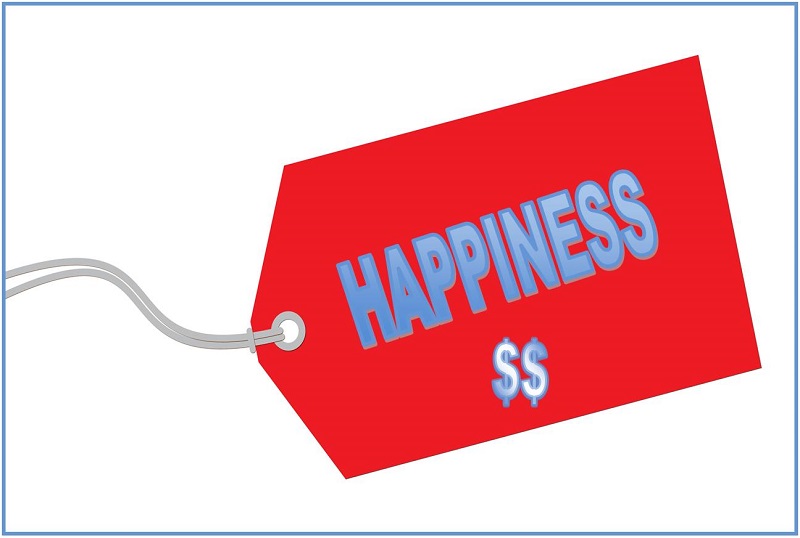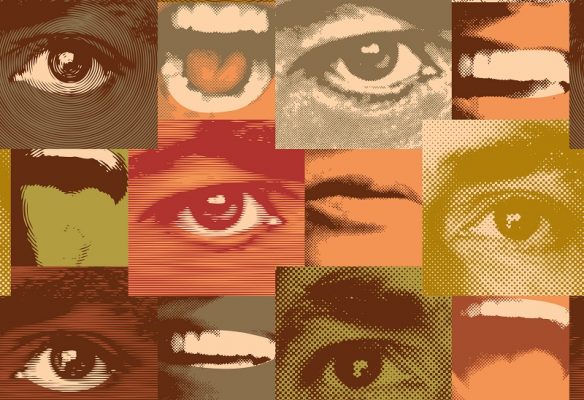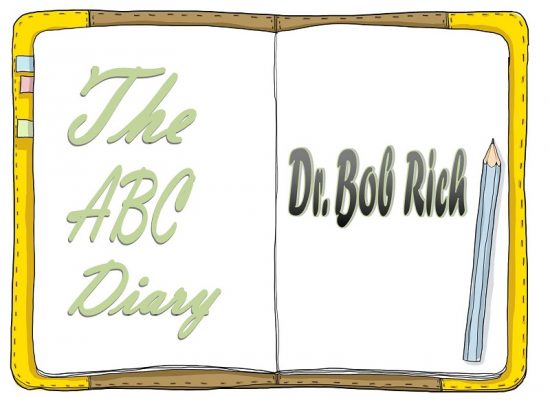Happiness
Bob Rich’s Self-Therapy Guide: Buying Happiness?
Bob Rich’s book From Depression to Contentment: A self-therapy guide is therapy in your pocket. Depression, anxiety, and other forms of suffering are all too common in our crazy world. Bob teaches you how to rise from that to “normal,” which is the walking wounded, then far above that, to inner strength enabling you to cope in any situation.
Recovering the Self published the first segment of Bob’s book in a series of posts starting from commentary on staying sane in a crazy world and ending with the quest for meaning via correspondence with young minds. The second segment of Bob’s work begins here with special attention to the meaning of depression, happiness, and resilience as well as the various influences in early and later life that make one vulnerable to depression.
In the previous post, Bob unveiled a common cause of unhappiness in a large number of people, namely the mirage of happiness. In this eighth segment of his discussion, he looks at the modern-day myth of buying happiness.
Buying Happiness – A Myth
In the previous instalment, I showed why the more you strive to be happy the further it gets away from you. This leads us to the consumer myth: that happiness can be bought. I guess it’s always been around, but it is now the major device for running the economy. Buy our gizmo! How can you be happy unless you enjoy our holiday! You MUST keep up with the latest fashion! You’re ugly unless you wear our makeup!
If buying were to permanently make us happy, we would buy once, then stop. Therefore, CONSUMER SOCIETY IS BASED ON NECESSARY, REPEATING AND ONGOING DISSATISFACTION.
So, people spend money, often money they don’t have. Therefore, they need to earn money, which is fine if they enjoy their job, but wage slavery otherwise.
From the start of the Industrial Revolution, we’ve had a growing system of consumption. Everything is focused on making the money go around.
In the same way as individuals can become addicted to whatever gives them temporary happiness, we have an entire global economy addicted to growth.
Suppose that a great many people buy the absolute minimum they can. Instead of meeting their needs by buying products and services, as far as possible they grow their own food, build their own house, make their own clothes and furniture, and so on. They cooperate with others, supporting each other, and they barter skills and time. They generate their own entertainment, and do their best to surround themselves with beauty. Rather than aiming to possess as much stuff as possible, they aim for a complex, varied life with people they care for.
They’d be sabotaging the economy. Their lifestyle would destroy jobs, make goods and services more expensive for everyone else, and worst of all, fail to pass wealth to the 1%.
Therefore, it’s necessary to convince everyone that this is a bad idea, that they need to buy goods and services. There are many tools for this. Planned obsolescence ensures that new, better models make your current possession seem useless in comparison. Gizmos need to fail sooner than rather than later, and it’s best if they are not repairable. Of course, the advertising industry is a very successful means of brainwashing people to keep buying. Even entertainment pushes the hidden message that you must be dissatisfied with what you have, so you will keep the wheels of industry turning.
Consumer society is built on dissatisfaction. Contented, happy people buy less, so everything needs to make people discontented.
However, there is worse than the consumer myth. The romantic myth extends it into the realm of personal relationships. People dream of the happiness they’ll gain when they meet their soulmate. Seeking the perfect partner is a selfish wish: “I want someone to make me happy.”
Love that lasts a long time, and is likely to make you feel contented, is different. In contrast to such taking love, it is giving love: “I want someone to love.” If two people have this attitude to each other, and both are in the relationship in order to make the other happy, then you have something wonderful.
The problem with the romantic myth is that it seeks the perfect love. When problems arise, as they always do, people realize that, no, this relationship isn’t perfect after all. If the consumer myth has been generalized to people, then the obvious reaction is to trade in on a new model. This is a major reason for the high divorce rate. Nearly half of all marriages end in divorce, and subsequent marriages are more likely to fail. That’s not even counting couples who live together without officially marrying.
There is hope. You needn’t buy into the myth. Go to http://anxietyanddepression-help.com and look for “How to have a good relationship.” There, I summarize a great deal of information that’ll help you to live contentedly with the one partner, although not “happily ever after.”
– Dr. Bob Rich










One thought on “Bob Rich’s Self-Therapy Guide: Buying Happiness?”
Comments are closed.